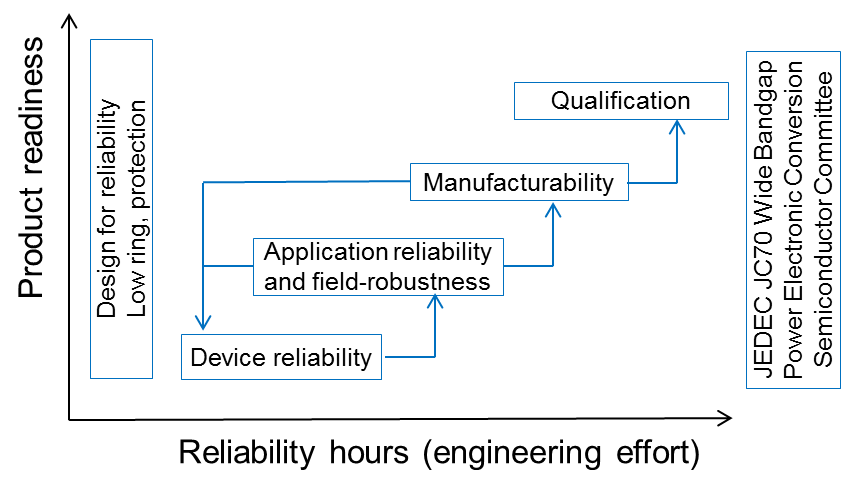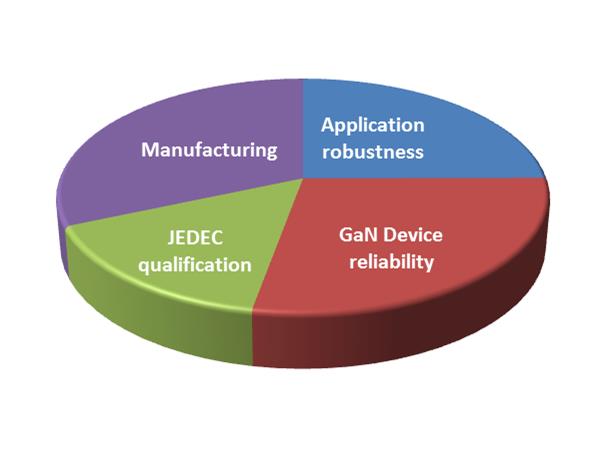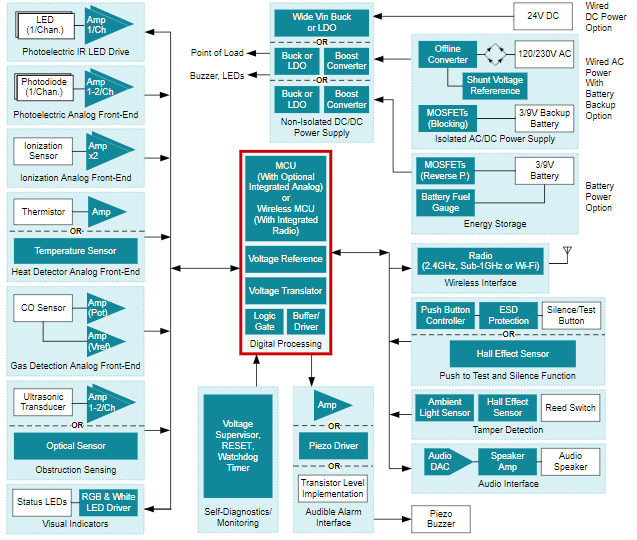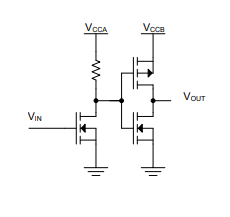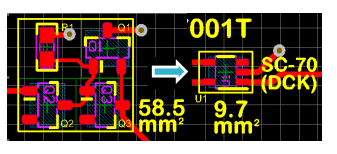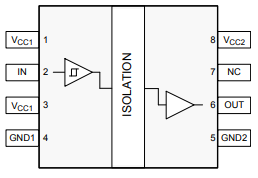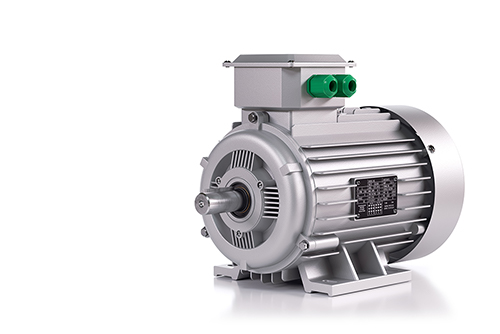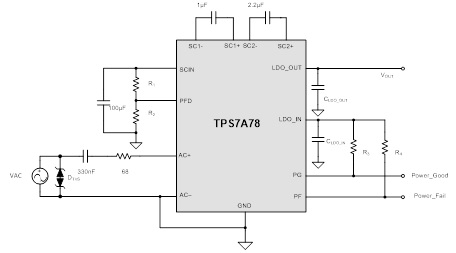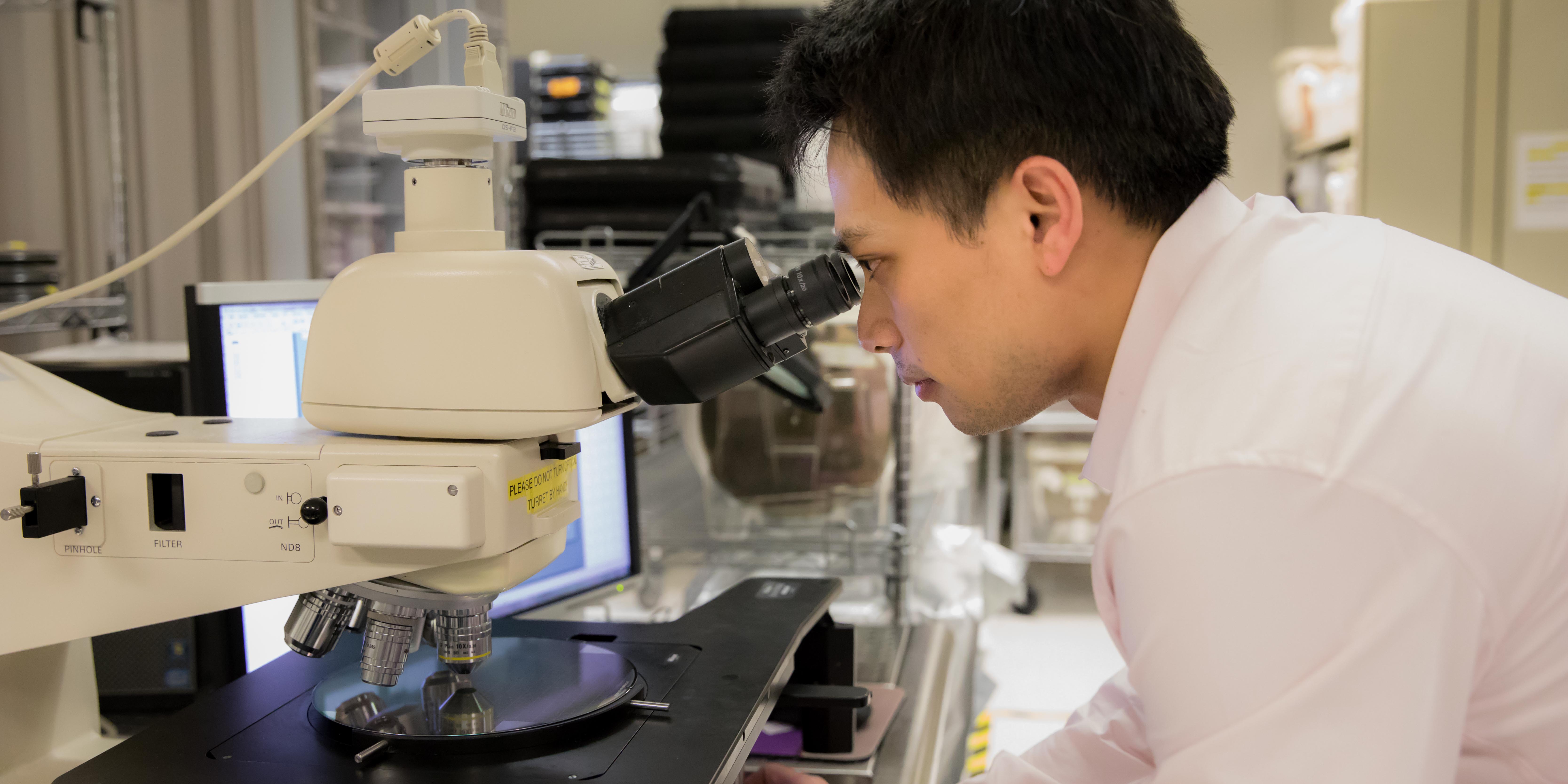
Every electronic system has a heartbeat – a clock signal – that helps each component perform in perfect synchronization.
For decades, designers have used quartz crystals to generate this electronic heartbeat. The crystals oscillate, creating a precise rhythm. But when these expensive crystals start to wear down, they can jitter, or jump, impacting their accuracy over time.
Our company is announcing two new devices that incorporate bulk acoustic wave (BAW) resonators as a new type of electronic heartbeat. At 100 microns wide, these tiny timekeepers are smaller than the diameter of a human hair, yet they operate at frequencies much higher than quartz crystals and provide better system performance.
With the advent of 5G communications and the age of big data, high-precision clocking is essential as increasingly massive amounts of data speed between systems around the world.
Our new TI BAW-based products promise to radically improve the performance of internal clocks and accelerate applications ranging from building automation to virtual health.
In the past, BAW resonator technology has been used to filter signals within communications technologies such as smartphones. Our company’s use of this technology to provide an integrated clocking function is an industry first.

| Learn more about TI’s new BAW resonator technology. |

No quartz needed: Introducing the industry’s first crystal-less, wireless MCU
Our new products include the industry’s first crystal-less wireless microcontroller (MCU), which integrates a TI BAW resonator within the package. This MCU will allow design engineers to create simpler, smaller designs while increasing performance and lowering costs. It will also speed time to market, since designers will be able to eliminate the process of selecting, calibrating and installing external quartz crystals.
“A critically important innovation is the ability to move and analyze massive amounts of data to make accurate, informed decisions,” said Ray Upton, our vice president of connected microcontrollers. “Wireless networking is at the core of this data migration, and the ability to bridge the last mile through connected devices is a vital part of the data cycle.”

By 2022, spending on IoT applications is expected to reach $1.2 trillion, up from an estimated $151 billion in 2018.* This rapid growth indicates that the Internet of Things is penetrating deeply into many markets, with 90 percent of business executives in technology, media, and telecom saying IoT is central to their business strategy.**
Our newest SimpleLink™ multi-standard MCU with TI BAW technology can be integrated into low-power radio-frequency devices, such as crystal-less Bluetooth® low energy and Zigbee® technologies to reduce radio-frequency performance issues created by external crystals.
Clean your clock: TI BAW-based network synchronizer eliminates digital noise
Our other BAW-enabled product is a TI BAW-based network synchronizer, which can be used in combination with quartz crystals to remove digital noise – or jitter – from input signals in the communication sub-system of wired or wireless infrastructure hardware in data center core networks. This will benefit telecom systems such as 5G networks.
“The clocking requirements of tomorrow’s communications infrastructure extend beyond the capabilities of devices that today feature quartz crystal-based resonators,” said Kim Wong, our vice president and general manager of high-speed data and clocks. “By integrating TI BAW resonators directly into clocking devices, we can deliver the ultra-low jitter performance and resiliency against vibration and shock demanded by the growing pipeline of data at the heart of this communications transformation.”
How these tiny timekeepers work
Our TI BAW oscillator is an electronic oscillator circuit that uses the mechanical resonance of a vibrating micro-acoustic resonator (BAW) to generate a stable electrical signal through the piezoelectric effect. This precise signal at very high frequency provides the clocking and timing reference for electronic systems.

TI BAW-based products offer design engineers several advantages:
- Smaller form factor. Because they’re integrated into chip packages, circuit designers will no longer need to use separate clocking devices mounted on circuit boards.
- Lower power in most cases. Many IoT applications require clocking systems to turn on quickly. The TI BAW-based oscillator wakes up 100 times faster than quartz crystals.
- A lower level of digital noise. Our network synchronizer chip delivers a jitter performance better than the best-performing device on the market today.
- Cleaner clock. The TI BAW resonator offers an ultra-clean clock reference, which is essential for high-speed data transfers of hundreds of gigabits per second. It also can be integrated with a radio frequency (RF) chip as a single-chip radio solution.
The heart of the matter
As 5G networks and future-generation communication technologies emerge, the implications will range from business and commerce to health care, agriculture and education.
Once the communications infrastructure is in place to support the transmission of huge amounts of data, companies and governments will want to provide a wireless overlay to connect point-to-point over the last mile, from objects communicating with each other in a warehouse to communication between smartphones and thermostats, heartrate monitors and a host of other devices.
“Our TI BAW resonator technology will pave the way for the next generation of industrial and telecommunication applications by changing how we approach system designs,” Ray said.
Next week on Think. Innovate, look for Chief Technology Officer Ahmad Bahai’s column about how this innovation will impact our world.
* Forbes.com: Roundup Of Internet Of Things Forecasts And Market Estimates, Dec. 2018
** Forbes.com: Roundup Of Internet Of Things Forecasts And Market Estimates, Dec. 2018

